Last week, we discussed recent news reports about professional baseball players struggling with Social Anxiety. This week, we broaden the topic to cover athletes in numerous sports with various anxiety disorders. Second of a two-part series.
As we noted last week and in prior posts, the past few years have seen a significant increase in the number of professional baseball players going on the disabled list due to Social Anxiety. This trend is remarkable for numerous reasons, the most noteworthy being that the issue of mental health in baseball is being openly discussed at all. The overall issue of mental health has long been shrouded in secrecy and shame, leading many public figures to go to great lengths in order to ensure that their mental health issues remain private. So when professional baseball players not only acknowledge their psychological issues, but actively seek help for them, this is a sign of cultural progress.
It is easy to see how professional baseball players, who are under intense public and media scrutiny while performing at the highest levels of their profession, would experience increased stress and anxiety. Add to that the fact that many baseball players join the professional ranks when they are barely out of high school, and you have a recipe for psychological problems. But professional baseball players are hardly the only athletes to publicly deal with an anxiety disorder.
- Football player Ricky Williams, currently of the Miami Dolphins, has long struggled with Social Anxiety. He briefly retired in 2004, reportedly because of his difficulties with Social Anxiety. He was treated with both psychotherapy and medication, and briefly served as a spokesperson for the Social Anxiety drug Paxil. However, he has publicly stated that he prefers to medicate his Social Anxiety with marijuana, and as such has failed numerous NFL drug tests during his career.
- Another football great, hall of fame running back Earl Campbell, has been quite public about his struggles with Panic Disorder. Campbell reportedly developed Panic Disorder in 1988, three years after his football career had ended. After becoming agoraphobic, Campbell sought professional help and eventually went on to write a memoir of his struggles titled The Earl Campbell Story: A Football Great’s Battle with Panic Disorder.
- John Madden, the late football analyst and former coach of the Oakland Raiders, has reportedly not flown in a plane since 1979. While working as an analyst for CBS, he always took trains or his personal tour bus to cover games. His anxiety apparently began in the late 1970’s when he experienced a panic attack while on a flight. He has reported that his discomfort is not with flying, but with Claustrophobia, and it is unknown if his anxiety occurs in non-flying situations.
- Soccer star David Beckham has been quite public about his difficulties with Obsessive Compulsive Disorder (OCD). In a 2006 interview with the British television network ITV1, Beckham acknowledged various compulsive behaviors, including lining up items in straight rows, the need to have only pairs of specific items, needing to count certain items such as clothes, and having to arrange items in hotels in a certain way.
- Retired NHL goalie Clint Malarchuk has also been public about his battle with OCD. He played professionally from 1981-1992, and has since coached, including his current stint as the goaltending coach of the Columbus Blue Jackets. Malarchuk was reportedly hospitalized for anxiety when he was just 12 years old, and wasn’t diagnosed with OCD until 1991 when he was 29 years old. He has also reportedly struggled with alcoholism, a not uncommon problem for those who use alcohol and/or drugs to self medicate their anxiety.
These are just a few of the athletes who have struggled with anxiety. It is important to remember that athletes, even those at the top of their professions, are just people, and are subject to the same mental health issues as everyone else. There is growing research that many psychological conditions, including OCD and other anxiety disorders, have a strong genetic component. The current consensus amongst researchers and anxiety treatment specialists is that many individuals with these conditions may have a genetic predisposition that is triggered and/or exacerbated by exposure to psychosocial stressors.
Being a professional athlete doesn’t make one immune to either genetics or real-life stressors, and may in fact provide a significant increase in certain stressors that many of us would find profoundly unsettling. Obviously, all of us are exposed to real-life stressors on a daily basis, but I for one am glad that my stressors don’t occur on national television or in the pages of the local newspaper.
•Tom Corboy, MFT, is the director of the OCD Center of Los Angeles, a private, outpatient clinic specializing in Cognitive-Behavioral Therapy (CBT) for the treatment of Obsessive-Compulsive Disorder (OCD) and related conditions. In addition to individual therapy, the center offers six weekly therapy groups, as well as online therapy, telephone therapy, and intensive outpatient treatment. To contact the OCD Center of Los Angeles, click here.












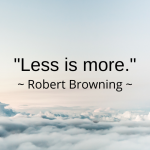

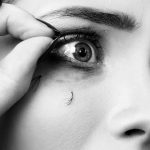



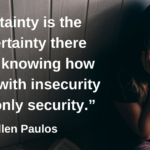

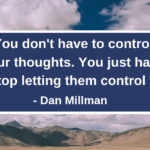








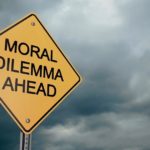

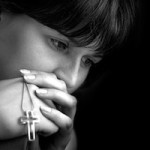






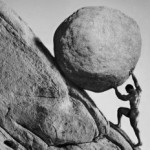
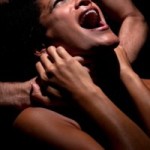












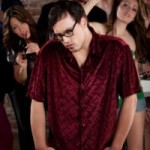







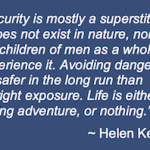
One Comment
Most people try to hide their fears, panic, and anxieties. No one is really in any better position to handle these issues than athletes or any other profession. The reason being is that there is a tremendous amount of ignorance in how to handle these issues. Most professionals try to use standard stress management skills or relaxation skills and if they achieve any success it’s only by dumb luck–more like placebo. In fact the success rates of most therapies is no better than placebo.